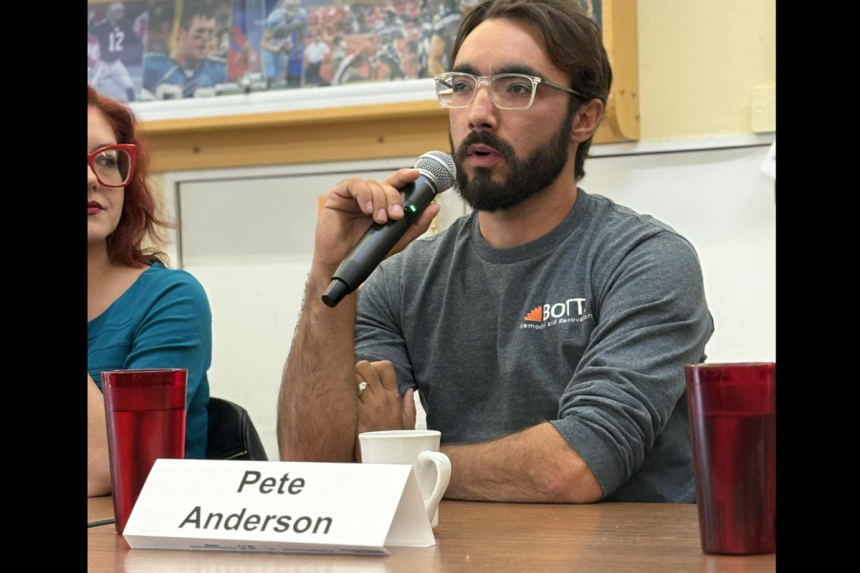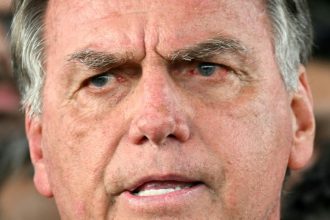A city commissioner candidate in Great Falls, Montana, suggested using the city’s homeless population as a revenue-generating “tourist attraction” during a forum event.
Pete Anderson, who participated in an October 20 forum hosted by the Great Falls Neighborhood Council #5, suggested there was a way to turn a profit using the city’s homeless population that would also provide them with shelter and services.
“I think that there’s a completely untapped opportunity with, I guess, making the homeless issue into a homeless profit,” Anderson said, according to the Montana Free Press. “And there is a tourist attraction just waiting to happen.”
Anderson is a construction contractor. This is his first time running for a municipal position, but he previously ran for the state legislature as a Republican. He lost his primary in that race.
During the forum, the candidates were asked what the city should do about its homeless residents. Anderson started his pitch with the phrase “homeless island.”
Great Falls, Montana, city commission candidate Pete Anderson suggested creating a revenue-generating “homeless island” for the city’s homeless population, where individuals could receive shelter and support in exchange for producing and selling goods for tourists to the town (Anderson for City Commissioner campaign)
He suggested that the homeless population could live in shelters sponsored by local businesses that would include advertising for those businesses on their exteriors.
Anderson said he was inspired by “poor farms” that existed in the late 19th and early 20th centuries, where poor people could work for food and shelter. The farms were also used as places of refuge for individuals with disabilities or those fleeing domestic violence.
He said that homeless residents could create and sell items to visitors, which would turn the location into a tourist attraction.
“And what would bring in tourism is you could have a constant live market at all times,” he said.
In a follow-up interview with the Montana Free Press, Anderson explained his thinking with the idea, though he noted that it was a bit of a “harebrained” pitch during the forum.
He said the gist of his idea is to find a way to provide housing to homeless individuals in a way that creates self-sustaining revenue rather than being dependent on funding via grants or city coffers. Anderson suggested that the revenue generated from the venture would go back to providing services and maintenance for those living in the area.
“I think if it gives them money and it’s not degrading, then I’m all for it,” he told the outlet.
On October 22, Anderson issued a statement on his Facebook clarifying his thoughts and challenging others to bring solutions to the table.
“I’m just going to address this before it gets out of hand. I don’t think there is anything wrong with thinking outside the box, and looking for creative solutions that help the safety and income of people experiencing homelessness. I don’t think anything is being done currently, please help come up with a better solution if you really care about the problem,” he wrote.
He continued, saying that his “premise is that homeless people in Great Falls should have an area where they can have housing pods, gardens, and a local market that serves all members of the community.”
“Why not make something really cool? What is wrong with making profit instead of borrowing from the government?” he wrote.
The city has an estimated 202 people living outdoors, in emergency shelters, or in transitional housing, according to data collected by the Continuum of Care Coalition.
Great Falls Public Schools reported that more than 400 of its students could meet its definition of homeless.









